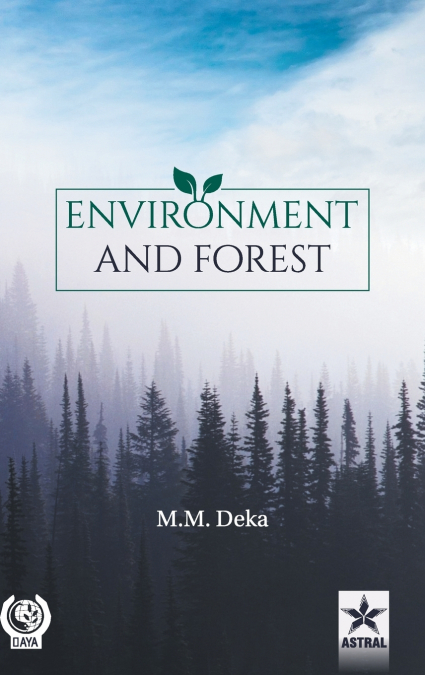
M M Deka
This book contains lots of information regarding Indian Forest and Environment. Problems of environmental degradation such as population, land degradation and soil erosion, deforestation, air pollution, development -vs- environment etc. are dealt in this book. History of killing wild animals by the British people in India and by the Rajas and Maharajas of India prior to our independence and distribution of wild life at Indian sub-continent, relation of forest and wild life etc. are also discussed in this book. Some critics of wild life protection Act, 1972 are also included. History of formation of Rural Panchayat at Assam and its development and inclusion of Social Forestry Programme at Assam Panchayat Act, 1994 is presented here. Economic importance of Bamboo, its utilization, silvicultural character of this plant and flowering nature of this species are incorporate in this book. Joint Forest Management in North East India is penning here to focus the origin and development of JFM system in NE Region of India. Immense information of Kaziranga National Park during 7th decade of last century is furnished here including its wildlife population, problems of management and wildlife census at Kaziranga during 1978. The present book will be useful to the students, research scholars, eco planners, scientists in the field of environment and forest. In short, this book is helpful for every one who is seeking a clear cut understanding of the environment and forest.